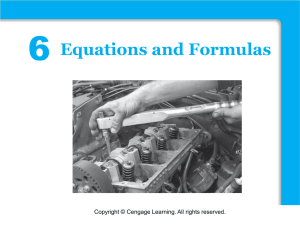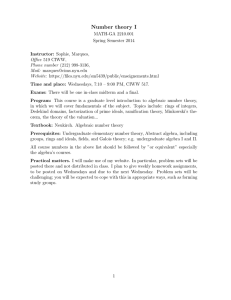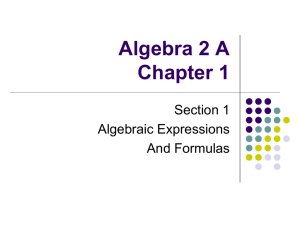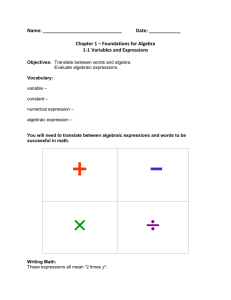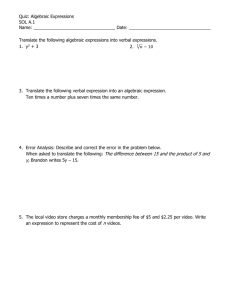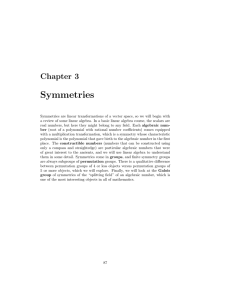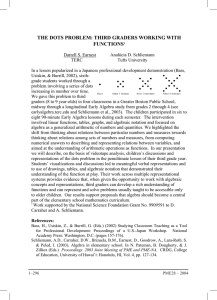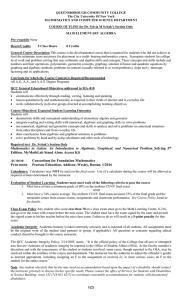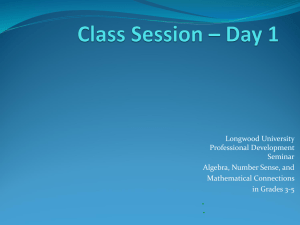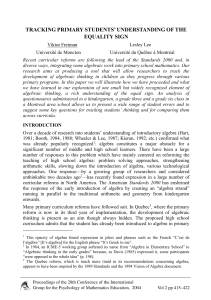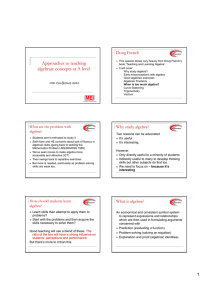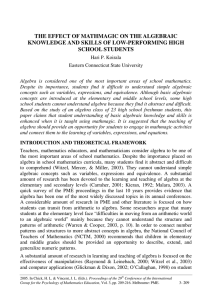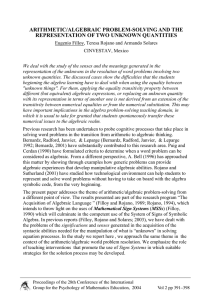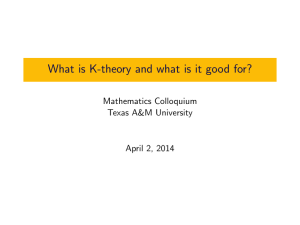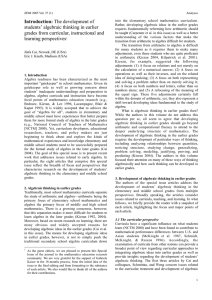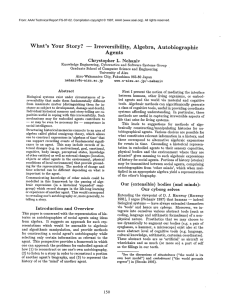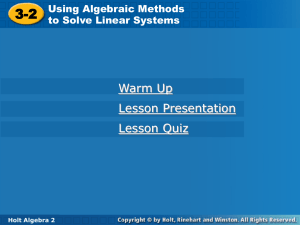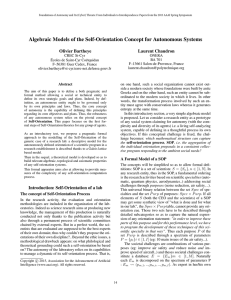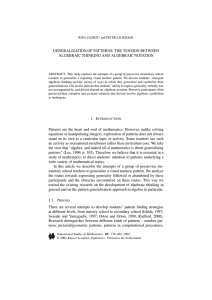Learning Goals & Success Criteria
advertisement
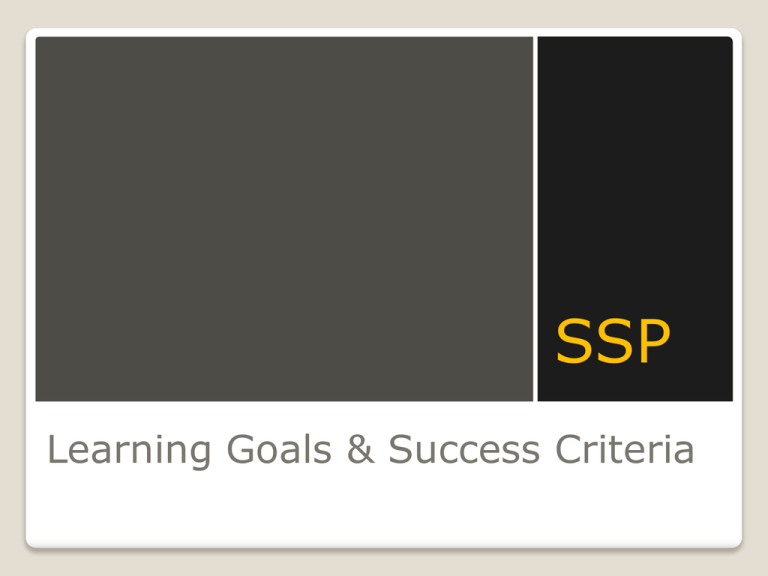
SSP Learning Goals & Success Criteria Our Learning Goal … We are learning how explicit and visible learning goals and success criteria deepen student thinking and impact student learning This is important because… It is difficult to hit a target that isn’t clear. Learning Goals and Success Criteria help teachers and students to develop a common understanding of what is to be learned and what success looks like and sounds like. Students become independent, self-monitoring learners. Our Success Criteria… We know we are successful when… We can identify what learning goals and success criteria look like and sounds like in the classroom (i.e. timing, placement, development process) We understand the centrality of learning goals and success criteria in relation to student achievement We recognize the attributes of a good learning goal and effective success criteria “The single most important thing that he could have done would be to have set a clear learning goal for what he wanted students to learn from the lesson.” (page 6) Learning Goals & Success Criteria Learning Goals… Describe for students what they should know and be able to do by the end of a period of instruction • Clearly identify what students are expected to know and be able to do, in language that students readily understand. • Based on curriculum expectations • Shared at or near the beginning of the learning cycle • Common understanding of learning goals develops through discussion and clarification during instruction. From Growing Success, page 33 Learning Goals… Identifies skills Verbs Uses Brief the knowledge and/or are specific and observable student friendly language and concise Stated from the students’ perspective Incremental and scaffolded Learning Goals… The expectation is from Grade 9 Academic – Number Sense & Algebra • Solve problems that can be modelled with first degree equations, and compare algebraic methods to other solution methods Specific Expectation Uncovering the Big Ideas for Algebra Marian Small has uncovered 7 Big Ideas for the Algebra strand. Read the selection from “Big Ideas from Dr. Small” and determine the Big Idea(s) for this question. What’s the Big Idea? 3. The same algebraic expression or equation can be related to different real world situations, and different algebraic expressions or equations can describe the same-real world situation 2. Comparing mathematical relationships, for example, algebraically, numerically, verbally, or pictorially/concretely, helps us see that there are classes of relationships with common characteristics and helps us describe each member of the class. 4. Many equivalent representations can describe the same situation or generalization. Each representation may give a different insight into certain characteristics of the situation or generalization. What’s the Big Idea? Identifies skills Verbs Uses Brief the knowledge and/or are specific and observable student friendly language and concise Stated from the students’ perspective Incremental and scaffolded Learning Goals… Criteria describe what success “looks like”, and allow the teacher and student to gather information about the quality of student learning. Success Criteria… • Co-constructed with students in their language • Open to review and revision • Linked – to the learning goal, achievement chart and curriculum Success Criteria • Involve students in identifying, clarifying, and applying criteria in their learning OUTCOMES… Assessment For Learning and As Learning Pages 28-36 1.1 Students and teachers share a common understanding of the learning goals and success criteria. At the school: Assessment instruction are collaboratively designed to ensure a clear understanding of the learning goals and success criteria In the classroom: Students and teacher co-construct the success criteria. Success criteria learning goals and exemplars are visible. Curriculum expectations related to the identified learning goals inform the creation of anchor/criteria charts. Learning goals and success criteria are expressed in language meaningful to students to ensure common understanding of the learning. The connection between instruction and assessment and the learning goals is made explicit to students. Students: Articulate the learning goals and the success criteria that will be used to assess their learning. Participate in the development of their own learning goals.

